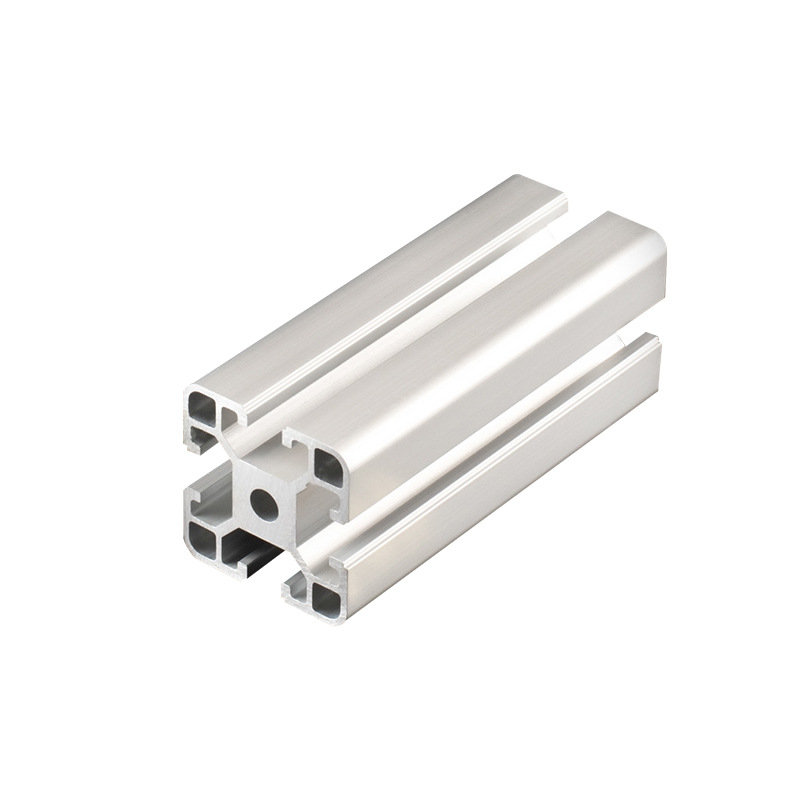 English
English Español
Español  Português
Português  русский
русский  Français
Français  日本語
日本語  Deutsch
Deutsch  tiếng Việt
tiếng Việt  Italiano
Italiano  Nederlands
Nederlands  ภาษาไทย
ภาษาไทย  Polski
Polski  한국어
한국어  Svenska
Svenska  magyar
magyar  Malay
Malay  বাংলা ভাষার
বাংলা ভাষার  Dansk
Dansk  Suomi
Suomi  हिन्दी
हिन्दी  Pilipino
Pilipino  Türkçe
Türkçe  Gaeilge
Gaeilge  العربية
العربية  Indonesia
Indonesia  Norsk
Norsk  تمل
تمل  český
český  ελληνικά
ελληνικά  український
український  Javanese
Javanese  فارسی
فارسی  தமிழ்
தமிழ்  తెలుగు
తెలుగు  नेपाली
नेपाली  Burmese
Burmese  български
български  ລາວ
ລາວ  Latine
Latine  Қазақша
Қазақша  Euskal
Euskal  Azərbaycan
Azərbaycan  Slovenský jazyk
Slovenský jazyk  Македонски
Македонски  Lietuvos
Lietuvos  Eesti Keel
Eesti Keel  Română
Română  Slovenski
Slovenski  मराठी
मराठी  Srpski језик
Srpski језик
New trend of environmental protection: recycled aluminum profile frame
Recycled aluminum profile frame has been internationally certified, reducing carbon emissions by 50%
The raw materials of metallic aluminum and aluminum alloy mainly include raw aluminum and recycled aluminum, but recycled aluminum currently accounts for less than 20% of China's aluminum supply, and the supply of aluminum profile frames is still mainly raw aluminum. Since 2017, in order to control the disorderly expansion of "electrolytic aluminum" production capacity, the country has set a production capacity ceiling of 45 million, and the future development space is basically determined. Under the guidance of the "dual carbon" goal, the development of recycled aluminum has become an important way for the aluminum industry to achieve carbon peaking and carbon neutrality. The current utilization level of recycled aluminum in China is still far lower than that of developed countries, and there is huge room for development in the future.

The energy consumption and emissions of recycled aluminum are much lower than those of raw aluminum
It can be seen from the results of the whole life cycle evaluation that the consumption of each energy variety of recycled aluminum is lower than that of raw aluminum. Among them, coal consumption is 0.5% of raw aluminum, and electricity consumption is 1.6% of raw aluminum. Overall emissions, carbon emissions are only about 5% of raw aluminum. The effect of energy saving and emission reduction is remarkable. Old scrap aluminum is the main raw material of recycled aluminum. Internationally, aluminum-containing waste is usually divided into new waste aluminum and old waste aluminum according to the source of aluminum waste. New waste aluminum comes from the production link before the use of aluminum-containing products, while the old waste aluminum comes from the scrapping link after the use of aluminum-containing products. The largest source of waste aluminum includes automobile traffic, waste aluminum beverage cans, construction waste aluminum and electrical aluminum.
In the future, Suzhou Wisdom based on the supply experience and data accumulation of heat-free alloys on large die-casting parts, we will focus on promoting the regeneration of heat-treatment-free alloys, improve the proportion of recycled aluminum use of materials, and continue to reduce costs and carbon emissions. At the same time, we will increase research and development efforts, and develop a series of derivative products according to specific customers and specific products. Meet the needs of different castings; in addition, improve the composite performance of heat-free treatment alloys. On the basis of the current high strength, high toughness and heat-free treatment, further improve corrosion resistance, electrical conductivity and thermal conductivity to adapt to different application scenarios. With the introduction of the new version of the environmental protection directory, recycled aluminum has officially left the "two high" line. Industry, which meets the national development requirements of carbon peaking, carbon neutrality and green and low-carbon.




